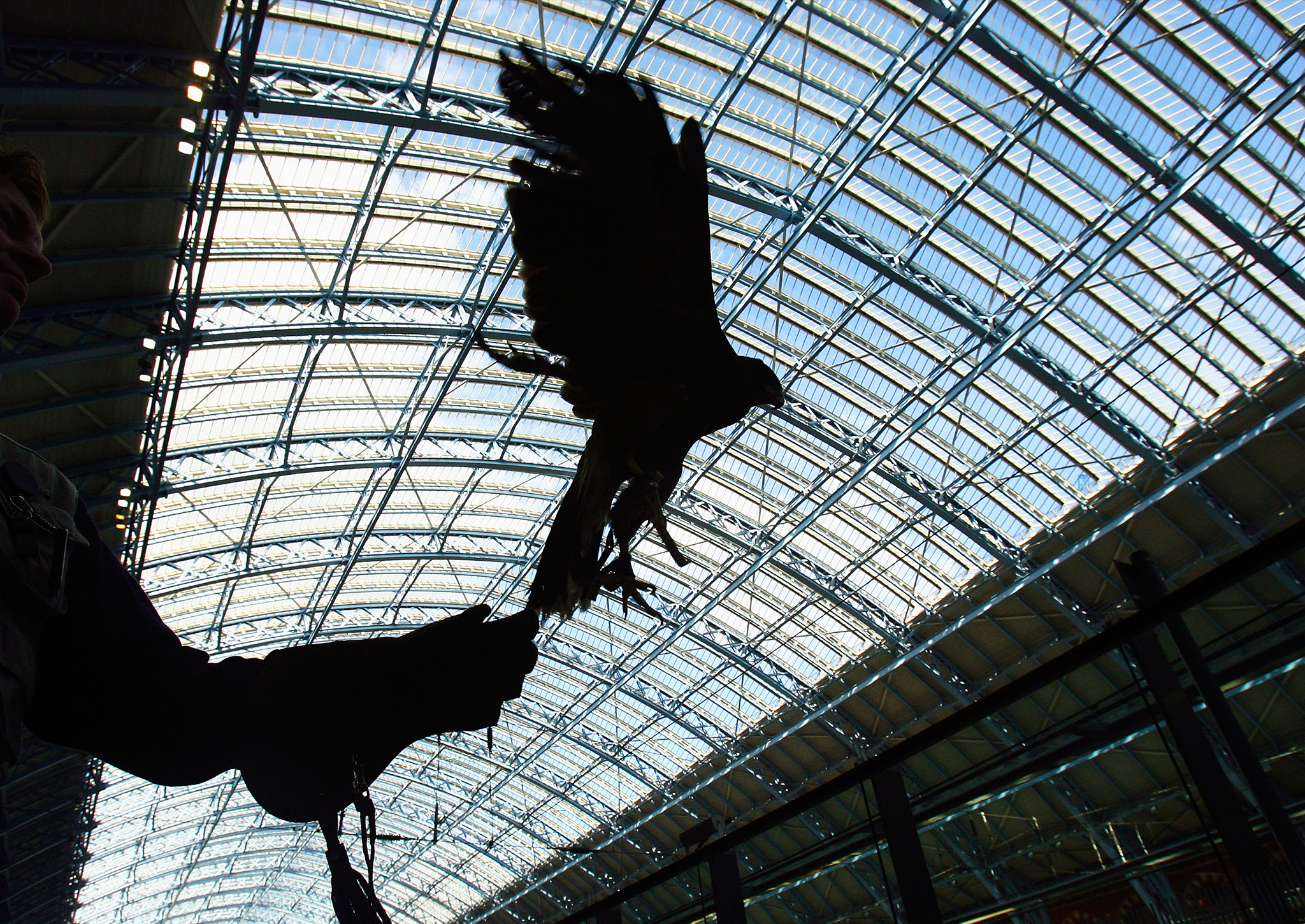Nature Studies: Look out and you’ll see there’s more to nature in the city than pigeons
A new book has revealed that London, like the majority of our towns and cities, is really a treasure house of wildlife

Your support helps us to tell the story
From reproductive rights to climate change to Big Tech, The Independent is on the ground when the story is developing. Whether it's investigating the financials of Elon Musk's pro-Trump PAC or producing our latest documentary, 'The A Word', which shines a light on the American women fighting for reproductive rights, we know how important it is to parse out the facts from the messaging.
At such a critical moment in US history, we need reporters on the ground. Your donation allows us to keep sending journalists to speak to both sides of the story.
The Independent is trusted by Americans across the entire political spectrum. And unlike many other quality news outlets, we choose not to lock Americans out of our reporting and analysis with paywalls. We believe quality journalism should be available to everyone, paid for by those who can afford it.
Your support makes all the difference.Well, I didn’t know there were jellyfish in Exeter, never mind Sheffield. But neither, come to think of it, did I know that there were two splendid butterflies – the marbled white, which normally lives on chalk downland; and the silver-washed fritillary, an inhabitant of deep oak woods – to be found in the inner London borough of Haringey.
Or that there is a diminutive garden of a house in Bath in which 44 different species of birds have been observed. Or, for that matter, that there is a garden in Leicester in which the owner has recorded 2,673 species of all kinds of plants and creatures.
But then, there is an awful lot about urban wildlife that I was unaware of, until I spent last week reading the most stunning new account of it, Nature in Towns and Cities, by David Goode. Published before Christmas, this is the latest volume in the lauded and long-running Collins New Naturalist series – it’s No 127 – and I have to say it has opened my eyes to a part of the natural world I have generally disregarded.
Wildlife in the urban setting I suppose I have always considered, well, second-class. Dullsville. Because where do we start from, what’s most typical? The feral pigeon. That sky-rat, as people used to say, which infested Trafalgar Square, until the first elected Mayor, Ken Livingstone, sent it packing more than 10 years ago (the story of Red Ken’s pigeon pogrom is told in detail in the book).
Yet central London doesn’t just contain pigeons, if – as Goode says more than once – you have eyes to see. It holds black redstarts, among our rarest and most charismatic songbirds, and peregrine falcons, the most dashing of all our birds of prey. Look up in Westminster and you may well see them. And even the bleedin’ sky-rats have more to them than you might suspect. Did you know that pigeons use the Tube, the London Underground, like commuters? Oh yes. They hop on at one station, and get off at another – on the District and Circle lines, in particular. Honest, guv.
For London, like the majority of our towns and cities, is really a treasure house of wildlife, Goode insists, instancing, for example, a survey of the plants growing on the pavements and buildings of Mayfair and Soho, which turned up 157 species. He should know. He was London’s first official ecologist, employed by the old Greater London Council in 1982, and later, for more than a decade, head of the celebrated London Ecology Unit, which helped the 32 London boroughs discover their riches of nature and learn how to look after it all – which now they do in a way that was once unimaginable.
His book comes in two halves. Firstly, it is an absorbing portrayal of the wildlife habitats and species to be found in Britain’s urban areas, told with the vividness of a David Attenborough documentary – for example, he gives an unforgettable account of the Victorian cemeteries which in many cities have become overgrown and are now jungle-like sanctuaries for all sorts of creatures. And he also spins memorable narratives of the once-rural colonisers which are still moving in to many built-up areas, from foxes and badgers to magpies, sparrowhawks and ring-necked parakeets.
Secondly, Nature in Towns and Cities is a powerful account of how thinking changed, largely in the 1970s and 1980s, from seeing urban wildlife as insignificant and not worth bothering about, to regarding it as an enormously valuable social resource, which is how we see it today. The key shift was to understand that it didn’t have to be scientifically important – it just had to be important to local people, and then it had real value, and could make a substantial difference to their lives.
Goode’s achievement is to convey the fascination of it, even the wonder at it. He details its resilience and its opportunistic nature, as well as the surprising extent of it, most notably of all in Jennifer Owen’s Leicester garden, where over the course of 30 years she recorded those 2,673 plants, invertebrates, animals and birds. All in a city.
And the jellyfish? Goode remarks casually: “Sowerby’s freshwater jellyfish, Craspedacusta sowerbyi, a native of tropical Central and South America which was first found in the wild in Britain in 1928 … has spread significantly since the 1990s and is now known from a number of urban canals from Exeter to Sheffield.”
I didn’t know that. I bet you didn’t, either. This is a magnificent book which has opened my eyes, and it will open your eyes too.
Nature in Towns and Cities; Collins, Paperback, £23.49, Hardback, £55
Join our commenting forum
Join thought-provoking conversations, follow other Independent readers and see their replies
Comments